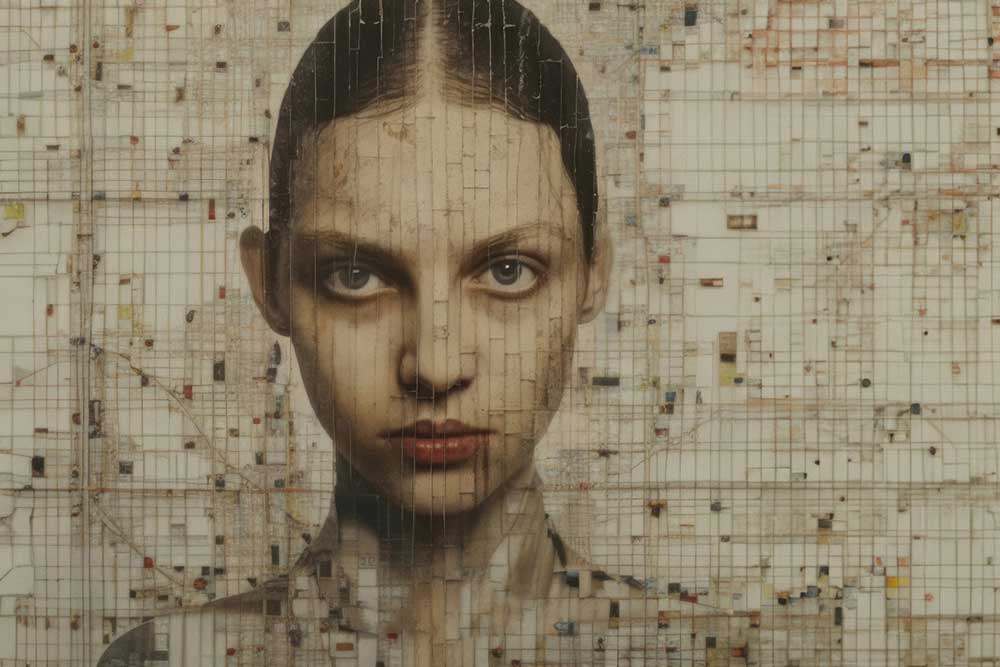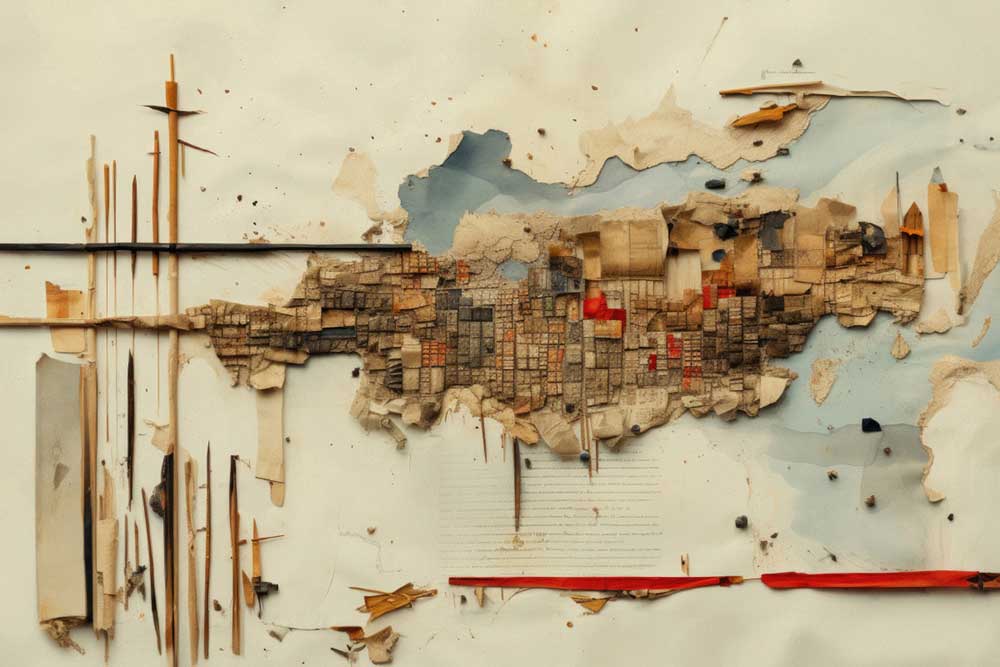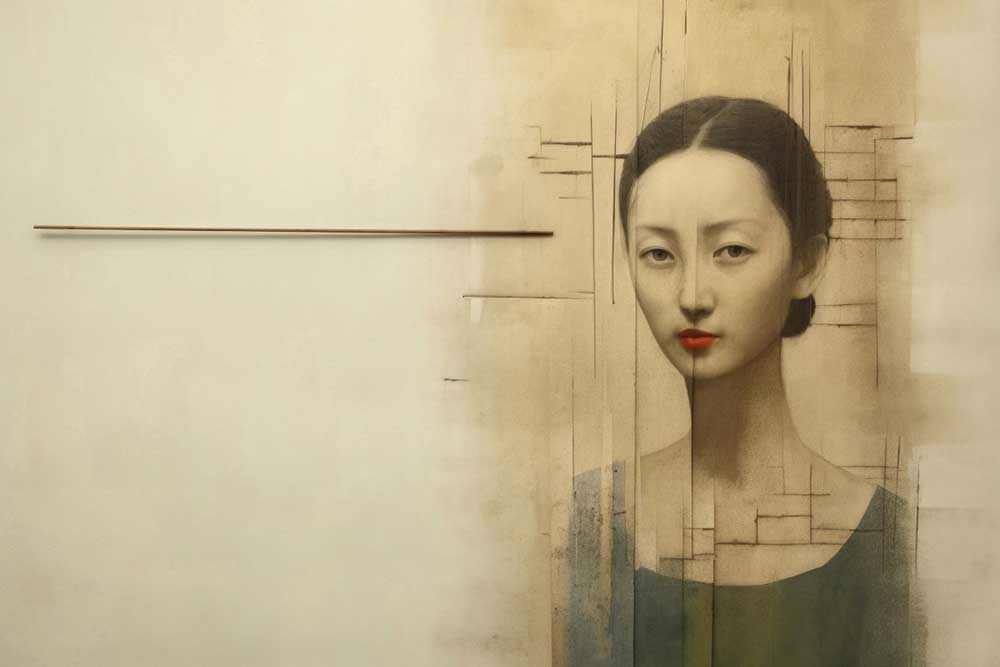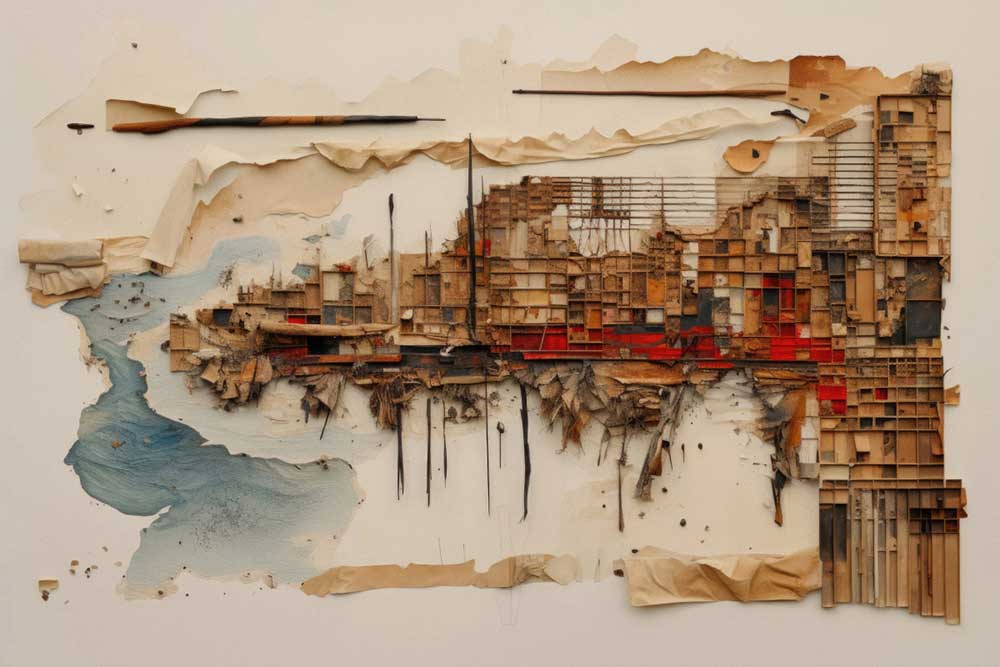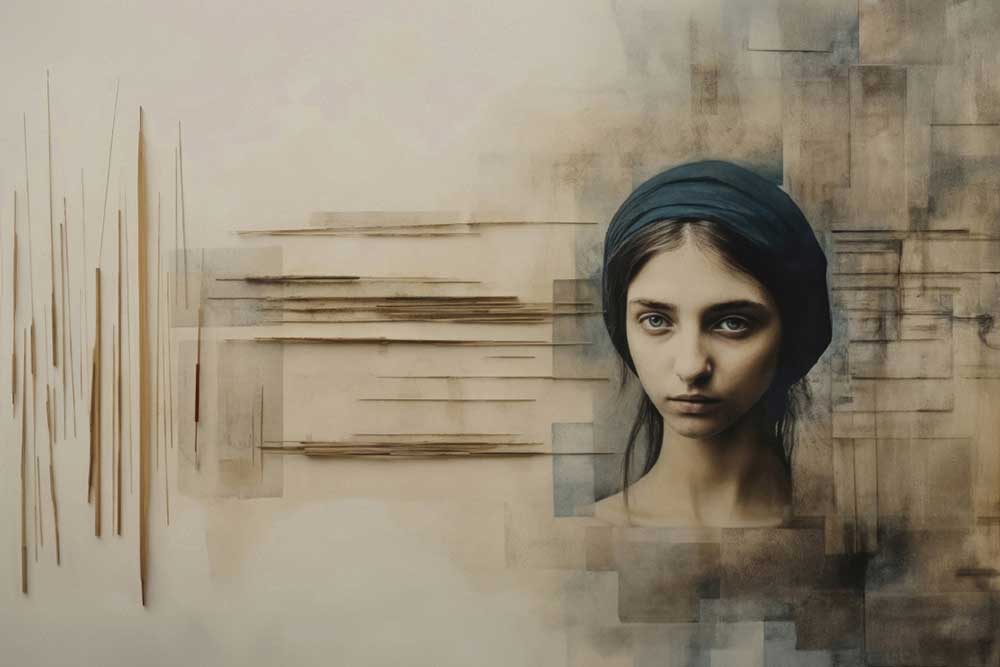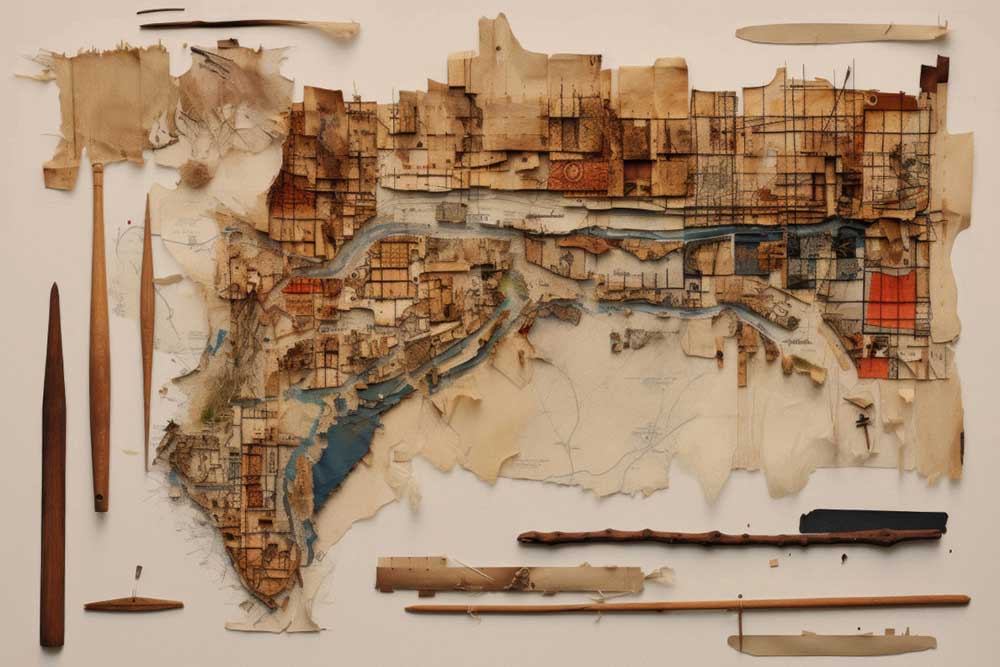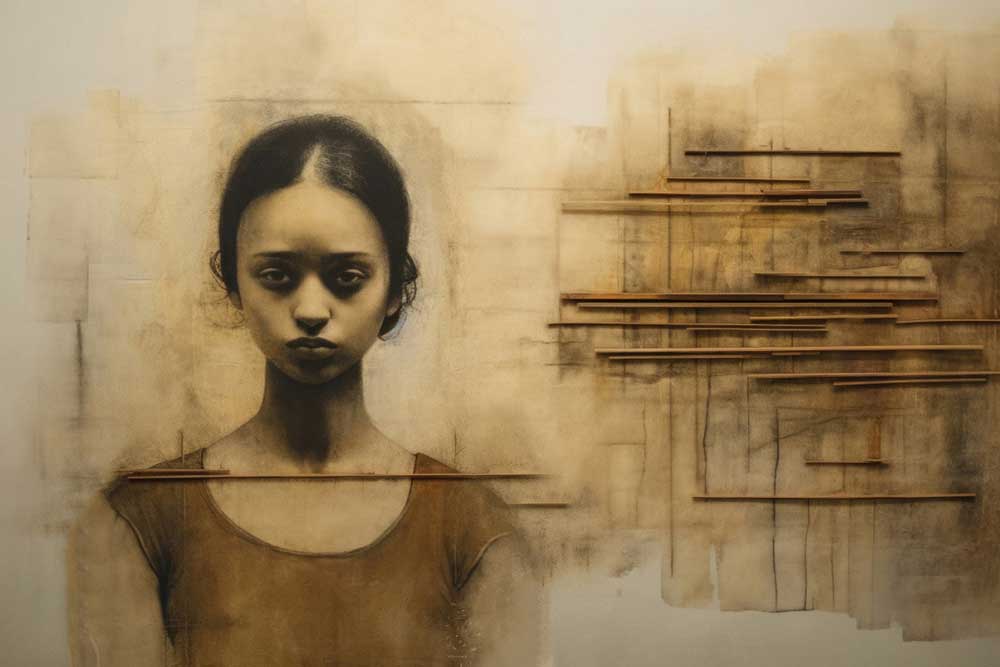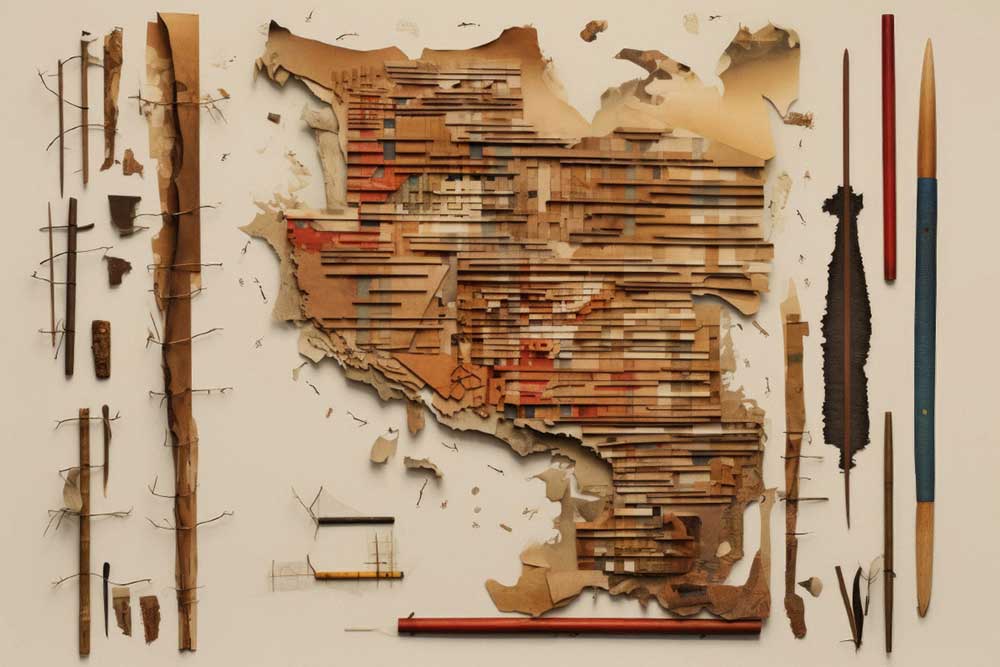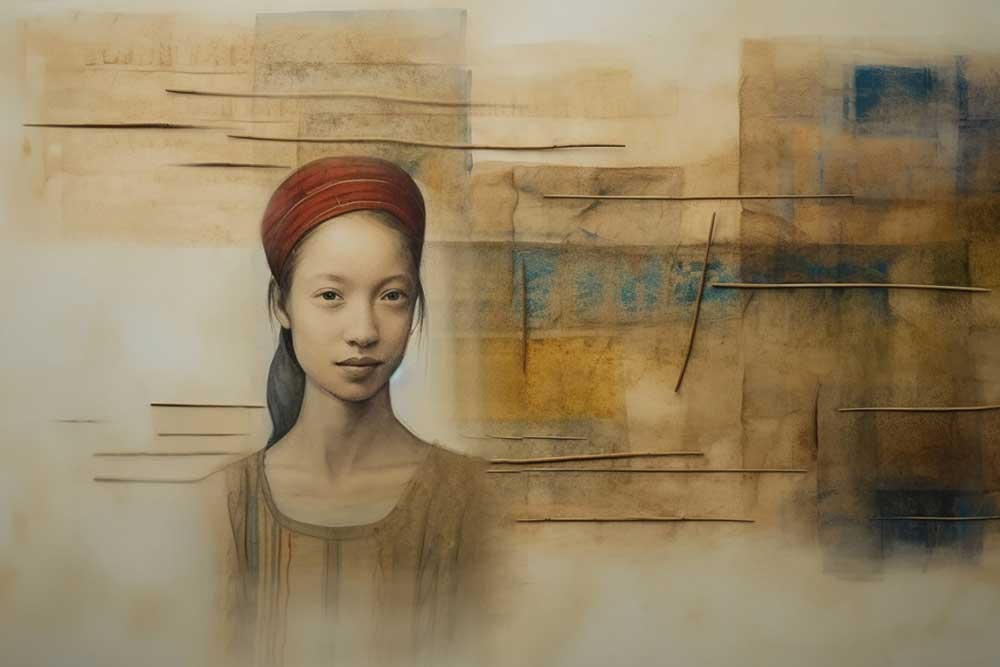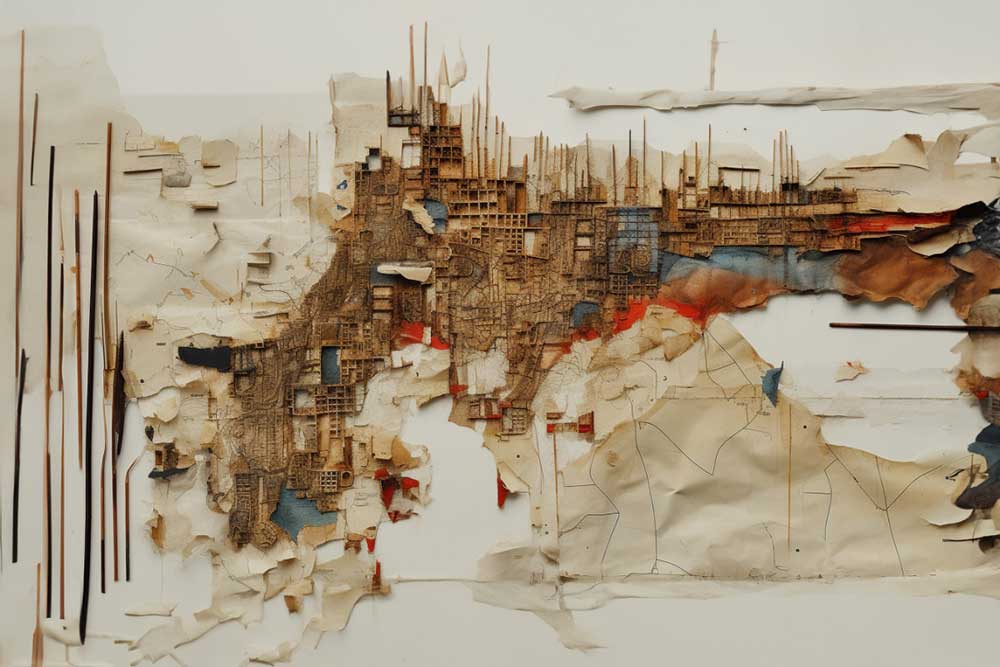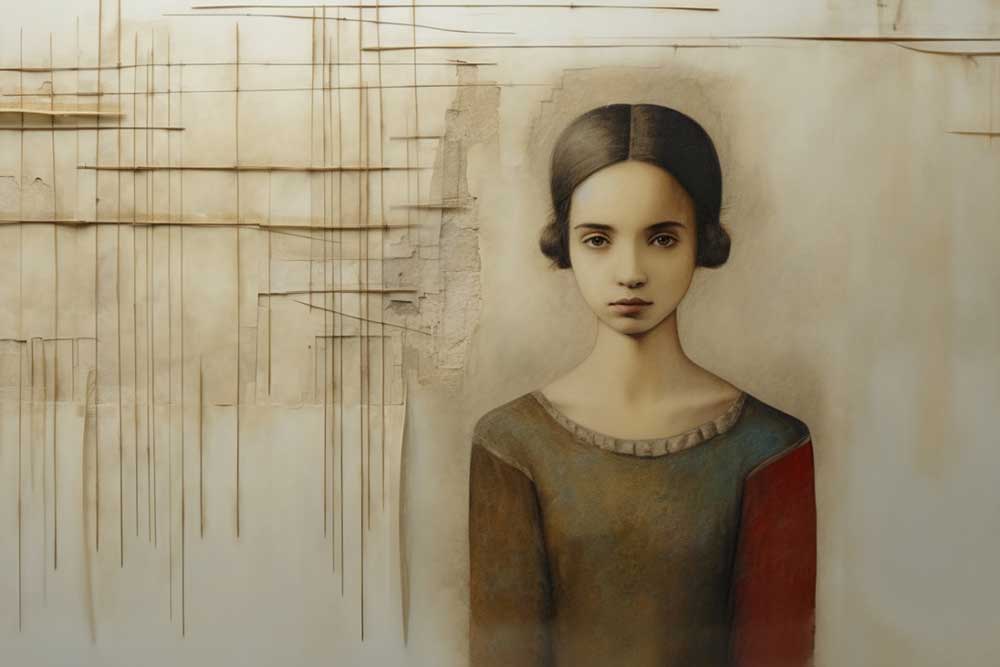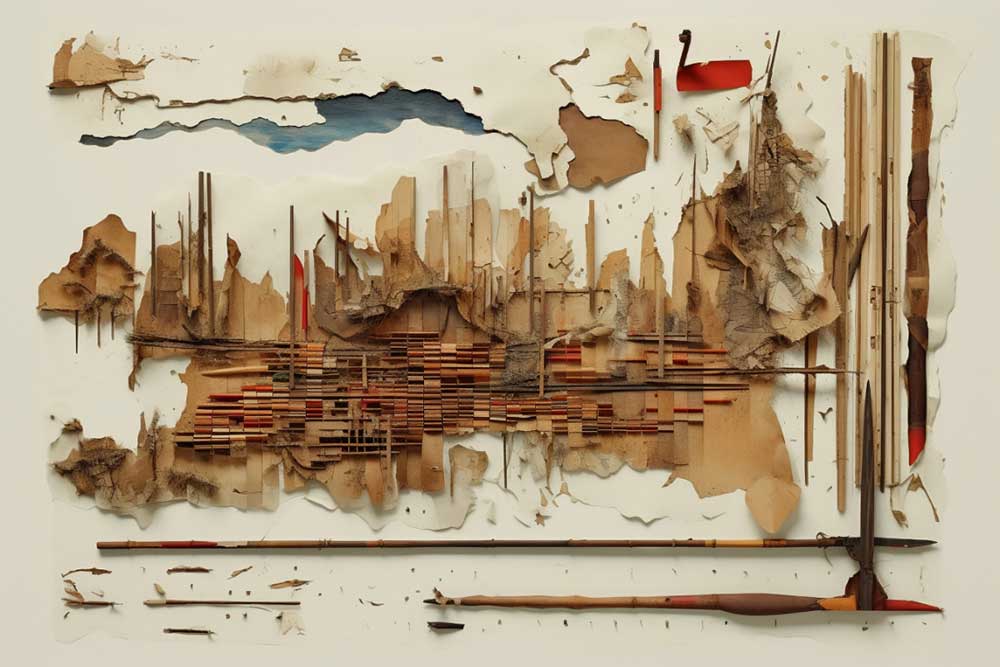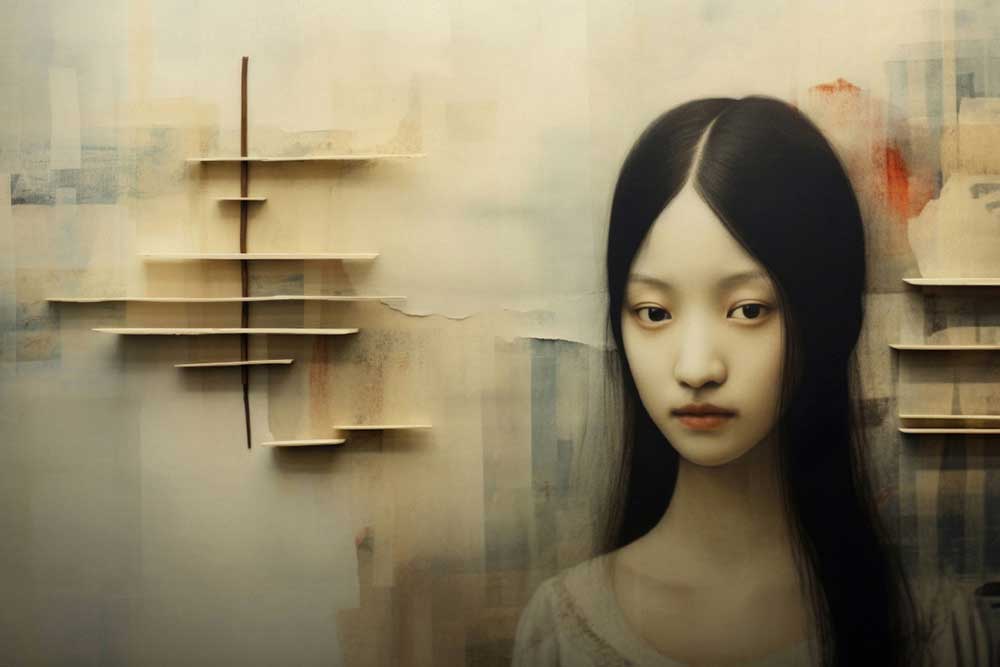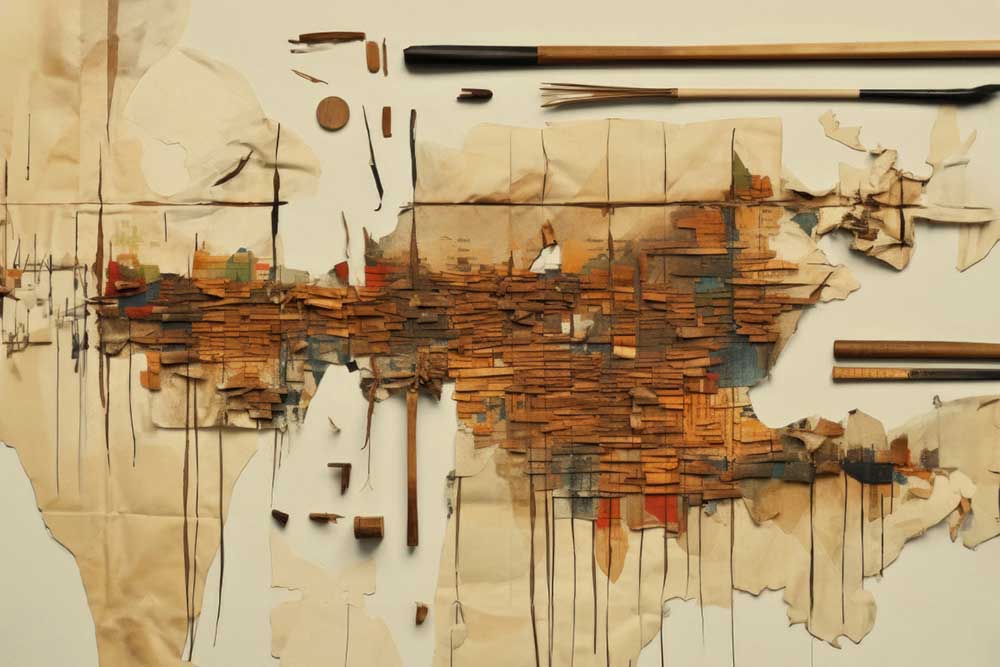A paper map is much more than a projection of physical geography, because, once you have visited the places represented there, a paper map allows you to create an emotional map of the place, in which to note down impressions, memories, smells, noises, events, meetings, surprises, unexpected.
In this way, the map stops being based solely on spatial coordinates, to add a new dimension based on the coordinates of one’s own experience, thus defining an emotional and personal geography that transforms the place into “our place”.
I believe Italo Calvino kept this in mind when he wrote “Invisible Cities” (this series has been inspired by this book). When Marco Polo told Kublai Khan about the cities he had visited on his travels throughout his empire, he did nothing but open his own emotional cartography and share it with the Tartar emperor who remained fascinated by Marco Polo’s experience. The emotional cartography told by the protagonist in a process of emotional fusion between experience and geography, became even more tangible to the emperor’s imagination because Marco Polo associated a woman’s name with each of the cities visited.
In the series, my maps are metaphors of invisible cities and real women that merge following ordered grids, to offer themselves in a cartography of the intangible that wants to trace the experience of the journey through the story of the nostalgia of that experience.
About Giuseppe Satriani
Giuseppe is a curious of life with idealistic tendencies and a fighter, that tries to keep aligned what he lives with what he feels. Born in Italy but moved years ago to Bilbao, Giuseppe works as IT consultant. As a child he would have liked to paint, but his skills prevented him from doing so. When photography before and digital revolution after entered his life, Giuseppe finally found a way to channel his creative flow. The contact with masters: Franco Fontana, Larry Fink, Joan Fontcuberta, Pilar Pequeño, allowed him to put technique at the service of thought and intentionality. Generative AI has now arrived in Giuseppe artistic journey that quickly adopted it because it allows him, always at the service of intentionality, to exponentially expand the ability to materialize his mental visions in images. [Official Website]



